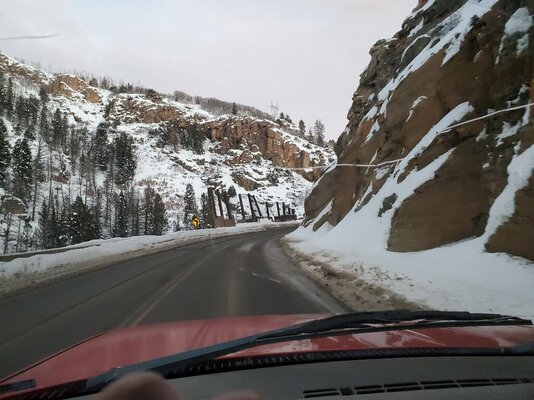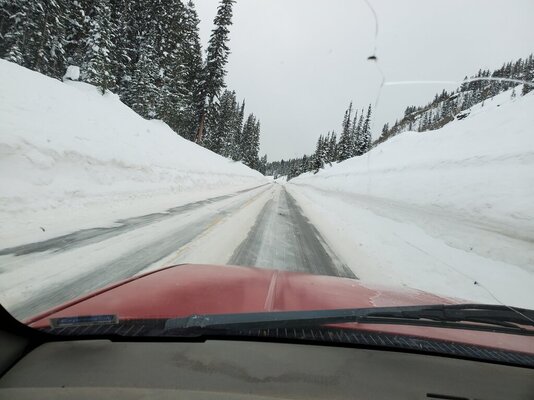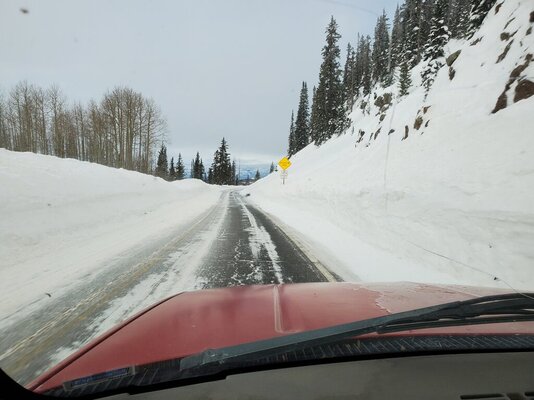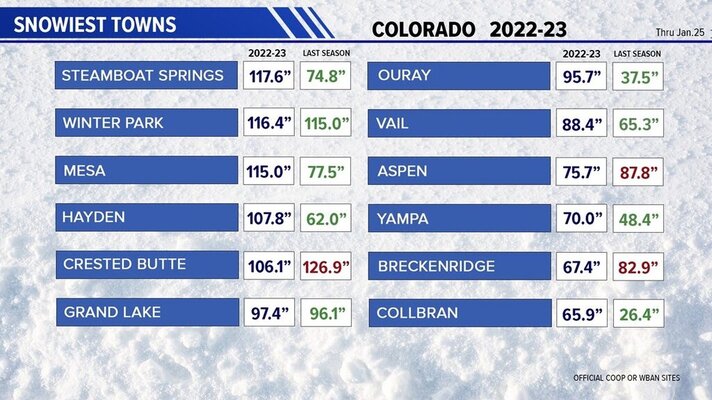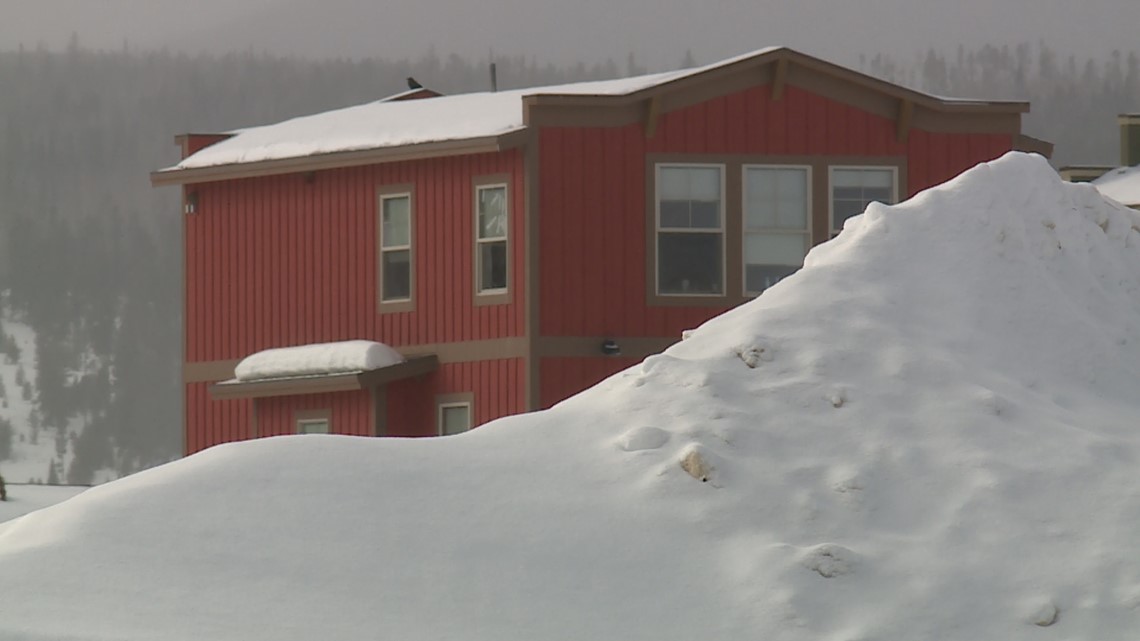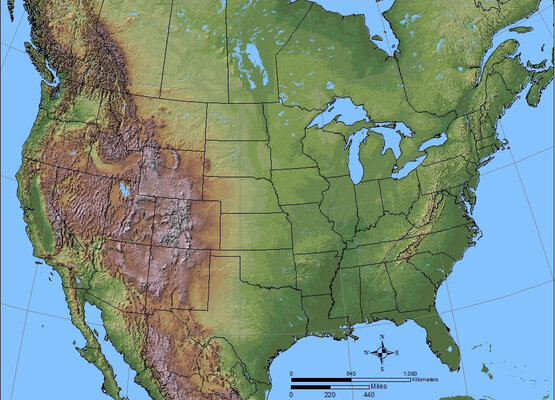chaostactics
Well-known member
The good news is that your youth means that this will not be your last trip out west. And your route looks a bit better. A couple of suggestions--have you been to White Sands National Monument and Alamogordo? Nice "barefoot" hiking in the soft sands at White Sands. If you go there, I highly recommend Oliver Lee State Park. What about Tucson and the Pima Air Museum and "Boneyard" where they take planes apart. Also excellent Arizona-Sonora Desert Museum.
I have done all of those. I spent a lot of time in NM as a kid. I have done every national park south of my planned route.

